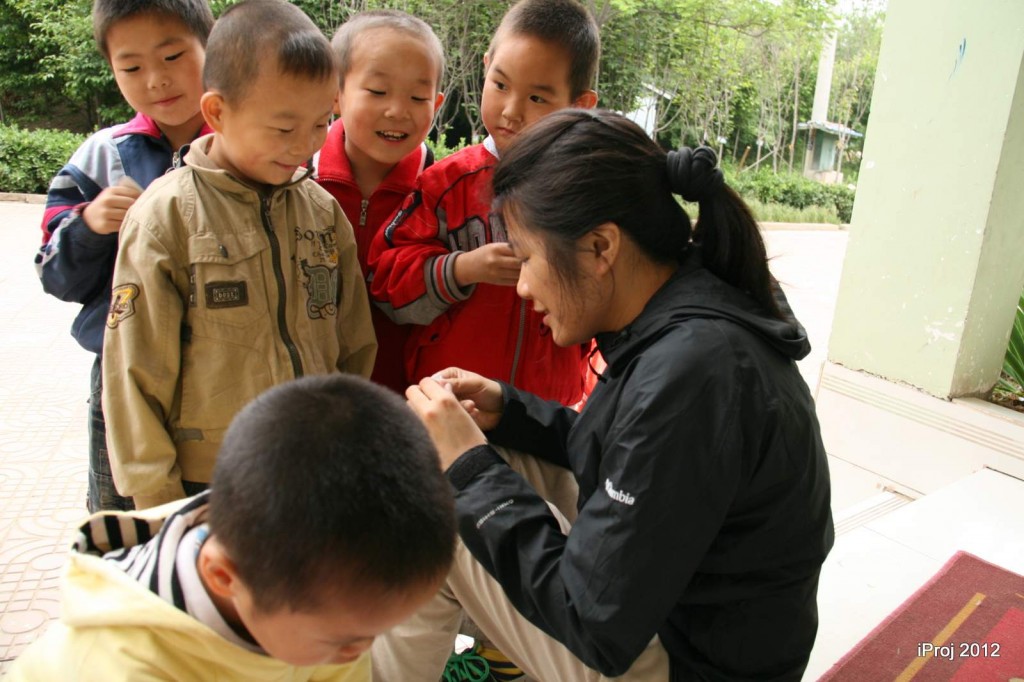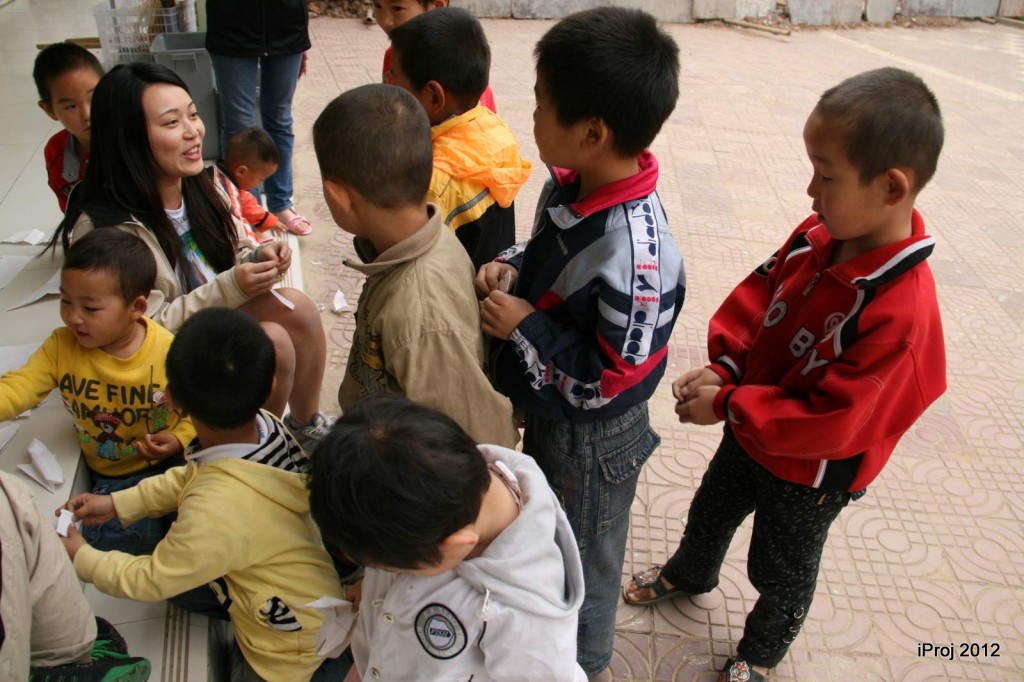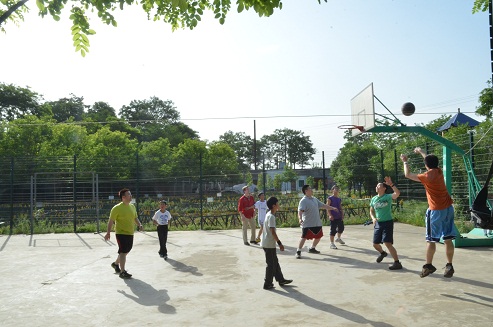By: Karina Lee
Prior to coming on this project, a team of scouting leaders from the 180th Pacific Coast Scout Group sat down to think about what kind of games would appeal to these children. They were only given that the age range of the children living at this orphanage were from two to 18 years old. The challenge was that they didn’t know how many were beaver-aged (5-7 years old), cub-aged (8-10 years old), scout-aged (11-14 years old), or venturer-aged (14-17 years old). So, knowing the importance of a healthy play time for children, the team carefully crafted several games that would appeal to the different age ranges. The team even had a list of games that would appeal to all ages, such as lining up by birthdays (without talking); and the human knot.
In the game where the participants had to line up by birthdays, they were asked to line up from left to right, according to their birth dates and birth months. In the human knot game, the participants would first form a circle, then they would hold hands with the person across from them, but avoid holding hands with the same person. Another game that the team thought of was a game that involved candies. The objective of this candy game was to break the ice with the children by using candy to ask questions. First, each child and Rover would receive a handful of Skittles or M&M’s. As you know, Skittles and M&M’s come in different colours. So, for each colour, the team thought of a question that the Rovers could ask the children, and the children could ask the Rovers. After each interaction, the person who asked the question could have a candy. For example, if a Rover had a green skittle, and a green skittle meant, “How old are you?”, then the Rover could have that green skittle after the child had answered that question.
Unfortunately, the children there weren’t allowed to eat candy. So, we scrapped that idea.

Canadian boat is sinking game-Brandon’s boat: Must include students from both universities, Rovers, and children from the Children’s Village

Human Knot game: Nicole’s team’s was the fastest to untangle
At first the children were really shy and only a few would come out to play with us. Eventually, they decided to join. After our group activities, the children from the Village taught us some of their games too! They were really good at describing the games with simple Chinese words, and with their body language. We learned that most of the youth have encountered volunteers from other parts of the world and are accustomed to meeting new people; openly including them into their playtime.

Karen Wong teaching the children how to fold origami

Clarice interacting with the children
The children were well-mannered. We noticed that there were some foul play and a little bit of picking on each other among the children, but these would only last a few seconds before they would start hugging and making up again! We thought that was really sweet!

Near the end of the day, some of us joined the older boys at the basketball court. It was really cool because, even with our language barrier, we were able to communicate game plays and achieve a win.

You can read all of our articles by following the links below!
Day 4 – The Children’s Village
Day 4 – Some Help from New Friends
Day 4 – Learning by Playing
Day 5 – Dancing and Singing with the Children
Day 5 – Children’s Village: Food for Thought
Day 5 Feature – Our Very Own Great Wall in China